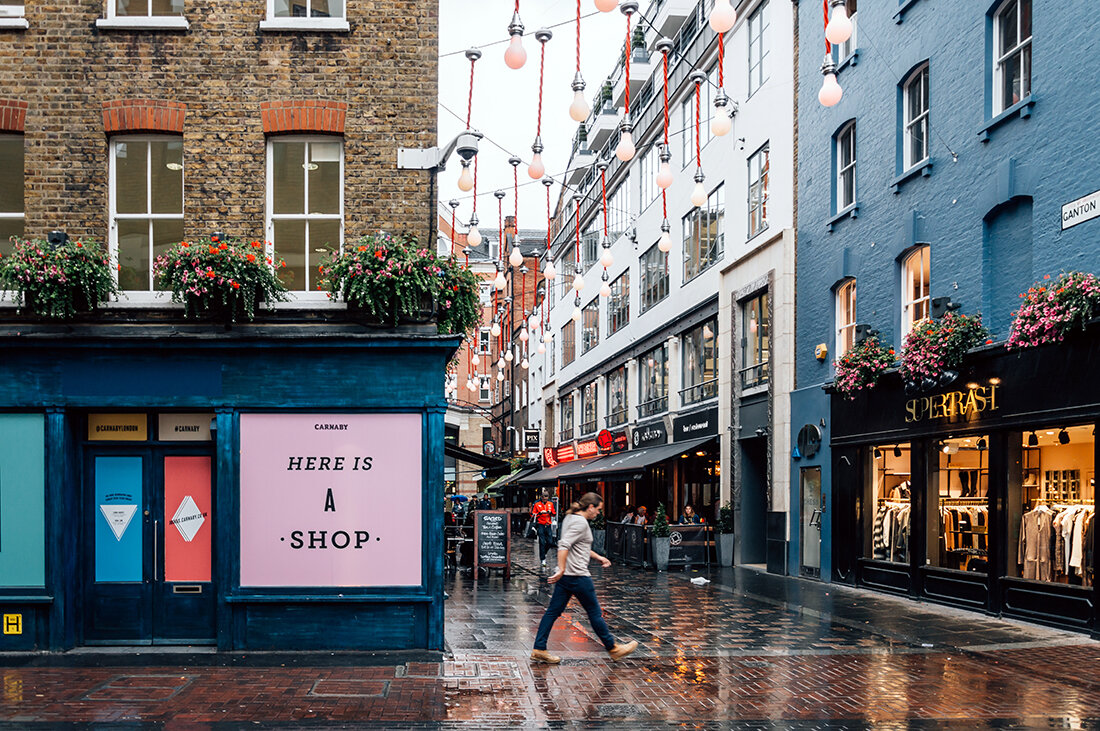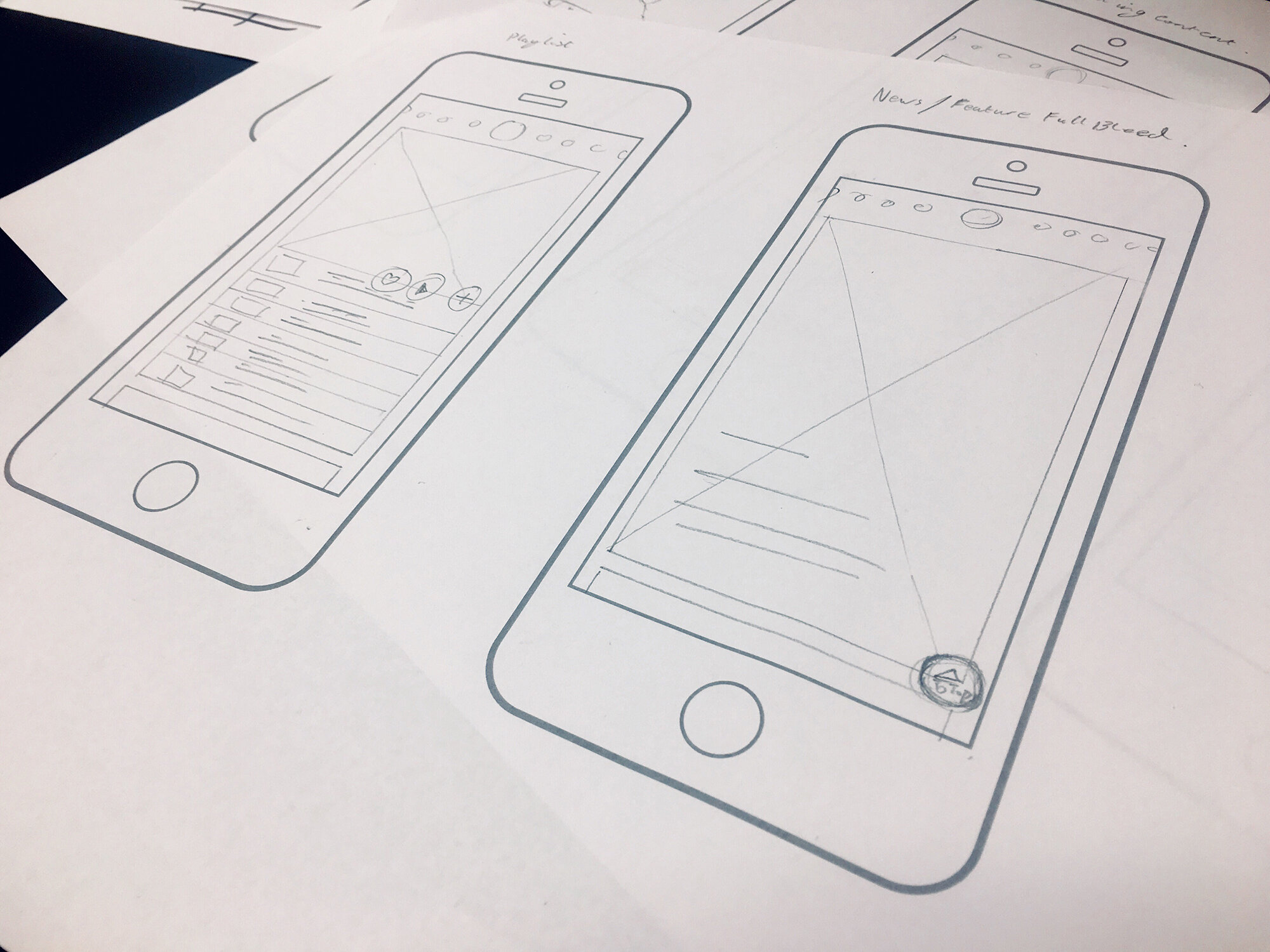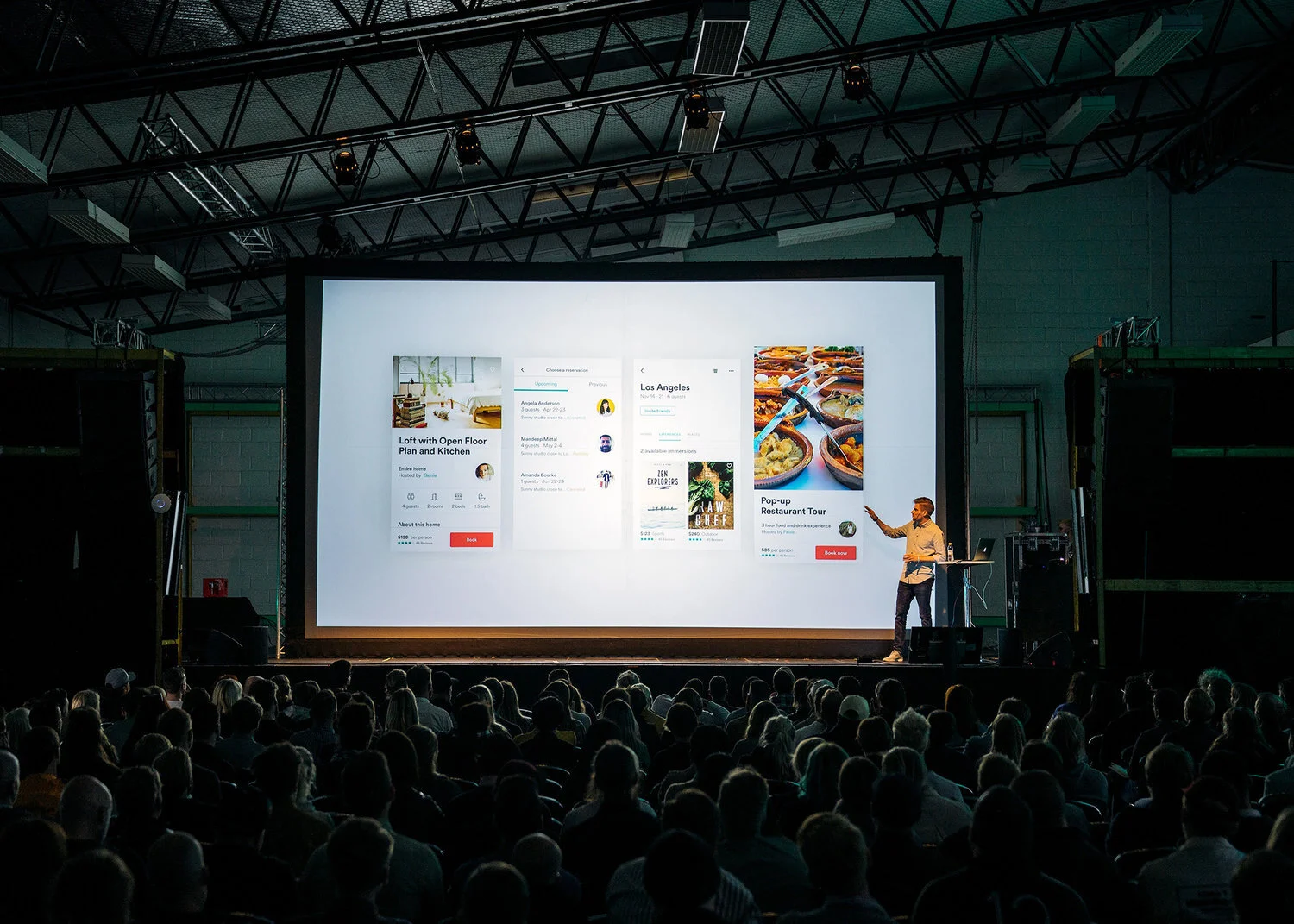A NOTE FROM HANNAH POMPHREY, OWNER OF HUE & TONE CREATIVE
Anyone who has started a small business has probably heard a lot of scary statistics about the chance of their business’s survival.
20% of small businesses fail in their first year, 30% of small business fail in their second year, and 50% of small businesses fail after five years in business. Businesses fail for a lot of different reasons including lack of demand, limited financial resources, and being outpaced by the competition.
After five years of owning Hue & Tone, I feel like I’ve learned a lot of dos and don’ts about how to grow revenue and thrive as a small business. Growth doesn’t happen overnight, and it’s important to build connections with your community and nurture yourself as your business expands.
One of my strongest values as a business owner is the importance of reaching out a hand to those on the same path. If I could give a few pieces of advice to other entrepreneurs – or to myself five years ago! – here’s what I’d share.
Network, network, network. Even in the digital age, small businesses thrive on word of mouth. Taking the time to build strong connections will form the foundation of your success.
Never hesitate to set up a coffee or grab a drink with someone (even if it’s digital). It might be a bit awkward at first, but the only way to learn more about someone’s business is to talk to them about it. Start by learning more about what they do… and then let things develop naturally from there!
Focus on your strengths. Don’t feel you have to offer the same services as your competitors or fit within the mold of other businesses around you. Play to your strengths, and don’t offer a service or product if you can’t add value and ensure quality.
Your unique service offerings are what make your business distinctive to you. While it’s smart to take a strategic look at your competition, don’t be swayed what you see. Offer the services you can really deliver on – and, if you hate doing something, don’t advertise it heavily. Leave services you could offer (but don’t want too) off of your website – if someone inquires, offer them then, but don’t lead with something you aren’t passionate about.
Don’t be afraid to take the lead. Whether it’s teaching a course, serving on a board, or lending your expertise to a local non-profit, the opportunity to lead in your community is one of the best perks of running a local business.
Don’t hesitate to build some flexibility into your schedule so you have time to partake in things you’re really passionate about. Volunteering is a great way to give back – but also a great way to make new connections with industries or organizations you’re passionate about.
Keep seeking inspiration. Working 24/7 without taking time to nurture your personal life drains you of the inspiration that led you to start your business in the first place, especially if you’re a creative entrepreneur. No matter what fuels you, be sure to set time aside for yourself.
Keep taking time to travel, cook, create – whatever fuels your ingenuity and imagination! Block off time or days on your calendar to do the things that inspire you and you’ll come back to the office even more productive than if you never left.
Hue & Tone Creative: Your partner is business and marketing
Overwhelmed with all the functions of owning a business? Let us take the marketing off of your hands. Outsource your creative work and get more time back to do what you really love. We’re here to help you get your time back, help you maximize your bottom line, and increase your reach. Let’s connect and work out the specifics of how we can help.


































